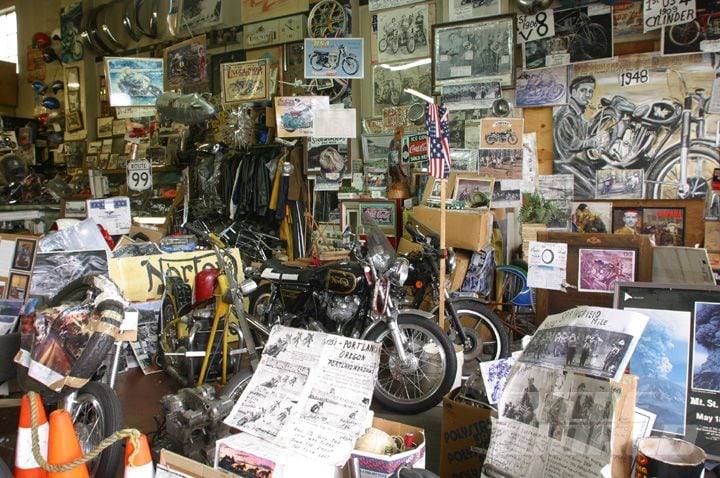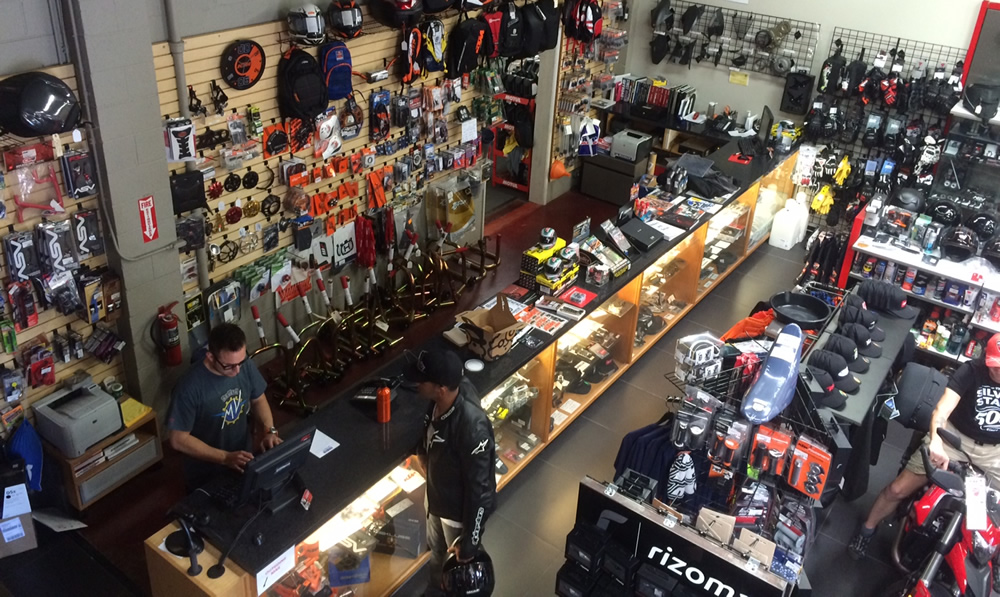Explore the Latest Motocross Gear NZ for every single Level of Rider
Explore the Latest Motocross Gear NZ for every single Level of Rider
Blog Article
Understanding the Necessary Parts of a Bike: A Comprehensive Guide for Lovers
For bike enthusiasts looking to raise their riding experience and ensure their bikes run smoothly, recognizing the vital parts of a bike is critical. Each element, from the engine's detailed functions to the vital function of the stopping systems, not just impacts efficiency however additionally security and comfort.
Engine Elements

The camshaft plays a critical role in regulating the timing of the engine's shutoffs, making certain the accurate opening and closing necessary for reliable gas and air consumption, in addition to exhaust expulsion. This timing is essential to preserving optimum engine efficiency and effectiveness. In addition, the carburetor or fuel injection system, depending upon the motorbike model, is in charge of mixing air with gas in the correct proportion for burning.
The air conditioning system, either air or liquid-based, works to preserve the engine's temperature within functional limits, preventing overheating and ensuring durability - motorbike shop. Each element, carefully made and integrated, adds to the seamless procedure of the engine, defining the motorbike's power output and general efficiency
Transmission System
Indispensable to the bike's performance, the transmission system ensures reliable power transfer from the engine to the wheels. This system makes up numerous vital parts, including the clutch, transmission, and last drive, each playing a crucial duty in translating the engine's power into activity. The clutch, commonly operated by a hand bar, offers to involve and disengage the engine from the transmission, enabling for smooth equipment changes and regulated acceleration.
The transmission, commonly referred to as the transmission appropriate, has a collection of equipments that bikers can manually shift via to readjust the bike's speed and torque outcome. These equipments are prepared in a series that enables the bike to increase efficiently and maintain ideal engine efficiency across different rates. Most motorbikes use a consecutive transmission, requiring the biker to move equipments in a fixed order.
Braking Mechanisms
While recognizing the transmission system is crucial to taking advantage of a motorbike's power, equally crucial is the capability to manage and stop that power properly, which is where stopping mechanisms enter into play. Brakes are essential for safety and efficiency, offering the rider with the needed control to navigate numerous terrains and conditions. Normally, motorcycles include 2 sorts of braking systems: disc brakes and drum brakes.
Disc brakes are more prevalent in contemporary motorcycles due to their exceptional performance. This system supplies much better warmth dissipation, regular efficiency, and enhanced quiting power, specifically in damp conditions.
On the other hand, drum brakes, though less typical, are still found in some motorcycles. They work by pushing brake shoes versus the inner surface of a drum connected to the wheel. While typically much less effective in warm dissipation and quiting power, drum brakes are less winter motorcycle cover complex and a lot more affordable.
Recognizing these braking systems' subtleties allows bikers to keep their motorbikes appropriately and value the engineering that makes sure effective and secure stopping.
Suspension and Guiding
Suspension and steering systems are important components that considerably affect a motorbike's handling and adventure comfort. The shock absorber, containing forks at the front and shock absorbers at the back, absorbs roadway irregularities, improving stability and control. Front forks, commonly telescopic or inverted, compress and rebound to minimize influences, while rear shock absorbers keep tire contact with the roadway, essential for grip and safety and security.
Guiding, focused around the handlebars, links the motorcyclist to the bike's directional control. The steering head bearings make certain smooth operation, enabling accurate ability to move. Appropriate placement and maintenance of these bearings are important for predictable guiding reaction and lowering motorcyclist exhaustion.
The suspension's adjustability is one more essential aspect; preload, damping, and rebound settings allow modification to suit different riding conditions and styles. This versatility is important for enhancing efficiency, whether browsing metropolitan streets or tackling sturdy trails. Innovations like digital suspension systems use real-time modifications, boosting experience quality across varied surfaces.

Electric Equipments
After making sure a regulated and smooth ride via efficient suspension and steering systems, attention transforms to the electrical systems, a crucial element of contemporary motorcycles. These systems play a critical function not only in starting the engine but likewise in powering different components that boost the functionality and safety and security of the motorcycle.
At the heart of a bike's electric system is the battery, which shops electric power essential for beginning the engine and powering complementary systems - moto parts nz. The generator or generator, coupled with the rectifier-regulator, ensures the battery continues to be billed while the motorcycle functions, converting power into electric energy and keeping have a peek at this site voltage degrees
The ignition system, an additional critical element, is liable for igniting the air-fuel mixture in the Discover More engine's cyndrical tubes. Modern bikes often make use of a digital ignition system, using greater effectiveness and reliability compared to conventional systems.
Lighting systems, including fronts lights, tail lights, and indicators, are also important, making certain exposure and safety for the motorcyclist. Added electronic parts such as sensing units, control devices, and presents contribute to innovative functions like gas injection monitoring, anti-lock stopping systems (ABDOMINAL), and electronic control panels, further improving the riding experience.
Verdict
A detailed comprehension of a motorcycle's necessary parts, consisting of the engine, transmission system, stopping systems, suspension, guiding, and electrical systems, is crucial for fanatics aiming to enhance performance, security, and convenience. Proficiency of these elements permits educated decisions pertaining to maintenance and upgrades, inevitably improving the riding experience. By integrating this expertise, motorcyclists can guarantee their bikes operate at peak performance and reliability, thus making best use of both enjoyment and durability of their vehicles.
For motorbike enthusiasts looking to boost their riding experience and guarantee their bikes run efficiently, comprehending the crucial elements of a motorbike is critical.Essential to the bike's capability, the transmission system guarantees efficient power transfer from the engine to the wheels.While comprehending the transmission system is key to harnessing a bike's power, equally vital is the capacity to regulate and quit that power properly, which is where braking devices come right into play. Typically, bikes feature two kinds of stopping systems: disc brakes and drum brakes.
An extensive comprehension of a motorbike's vital elements, consisting of the engine, transmission system, braking systems, suspension, steering, and electrical systems, is important for lovers intending to enhance performance, security, and comfort.
Report this page